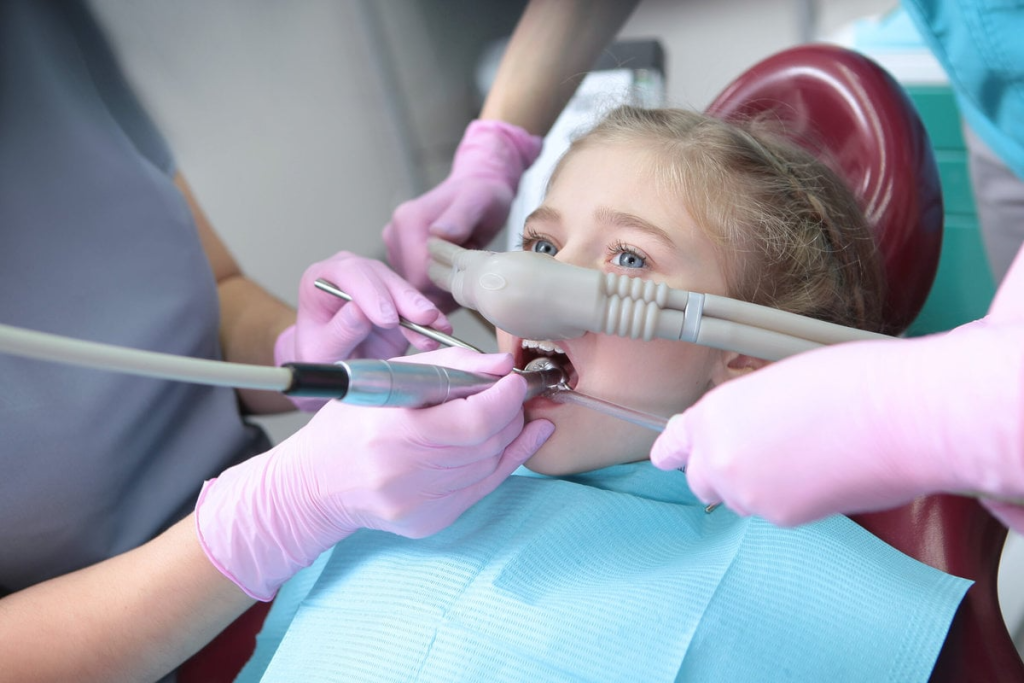Last Updated on October 21, 2025 by mcelik

In December 2016, the FDA warning on pediatric anesthesia highlighted the risks of anesthetics and sedation medications for young kids and pregnant women. This alert came from studies on animals, which showed that these drugs could harm developing brains.
We know this warning has made many parents and doctors worried. The use of anesthesia drugs in kids under 3 and pregnant women in their third trimester is being closely watched because of concerns about how these drugs might affect brain development.
At our institution, we take the safety of pediatric care very seriously. We aim to provide the safest care possible. We will dive into the details of this warning, its background, and the science behind it. This will help us understand the safety and best practices in pediatric anesthesia better.
In December 2016, the FDA issued a warning about pediatric anesthesia. It focused on the safety of general anesthetic and sedation drugs for kids under 3 and pregnant women in the third trimester. This warning came after a detailed review of research studies.

The FDA found that anesthetic drugs can harm young brains. This led to a warning about many drugs used in kids’ care. It’s important for doctors and parents to know about this warning and the drugs involved.
The FDA looked closely at the data and found risks with these drugs in young children and pregnant women. The warning stresses the importance of careful use of these drugs.
The FDA’s warning includes several drug types:
At our institution, we follow the latest guidelines for safe anesthesia. We make informed decisions about pediatric anesthesia. We aim to balance risks and benefits for the best outcomes.
The FDA has warned about certain groups being more at risk from anesthesia. This includes children under 3 and pregnant women in their third trimester. The warning is about the dangers of anesthesia medications in these groups.

Children under 3 are at risk because their brains are developing. Research shows that some anesthesiology drugs can harm the brain. We carefully decide if young children need anesthesia.
For more information, visit the FDA’s official website.
Pregnant women in their third trimester are also at risk. Studies in pregnant primates show that some common anesthesia drugs can harm the fetus. We aim to balance the risks and benefits for pregnant women.
The FDA warning highlights the need to consider anesthesia’s effects on developing brains. We weigh the need for surgery against the risks. Our goal is to provide safe and effective care.
We focus on the safety of our patients, including children and pregnant women. We make informed decisions about anesthesia. Our practices follow the latest research and guidelines.
The FDA warns about pediatric anesthesia based on scientific studies. These studies include animal and human research. They show the risks of anesthesia in young children.
Animal studies have found that long-term anesthesia can harm brain cells. They help us understand how anesthesia might affect young brains. For example, rodents exposed to anesthesia during brain development show changes in brain structure and function.
These findings suggest young brains are more vulnerable to anesthesia. While it’s hard to apply these results to humans, they guide further research.
Human studies on anesthesia have mixed results. Some show a risk of cognitive and behavioural problems after repeated or prolonged use. Retrospective studies have found links between early anesthesia and developmental issues. For instance, some studies link early anesthesia to a higher risk of learning disabilities.
But human studies are complex due to health conditions that require anesthesia. Ongoing research aims to better understand the long-term effects of anesthesia in children.
At our institution, we keep up with the latest research. The FDA’s warning reminds us to carefully consider anesthesia use in children. It emphasizes the importance of informed decisions in pediatric care.
Healthcare providers are now more careful with pediatric anesthesia. They balance the risks with the need for quick medical help. At our place, we focus on the good and bad of surgeries and anesthesia.
The FDA says don’t delay surgeries in kids under 3 if they’re needed. We agree, saying the benefits of quick medical help are often greater than the risks of anesthesia. Doctors talk to parents about the risks and benefits to help them decide.
While being careful is key, we shouldn’t wait too long for needed care. Waiting too long can stress patients and families more. Our doctors decide when to do procedures that need sedation or anesthesia.
We have strong rules and ways to get better at giving anesthesia. We train staff, watch patients closely, and check our anesthesia methods often. This helps us keep risks low and care high.
Parents and caregivers need to understand the FDA warning on pediatric anesthesia. This knowledge helps them make better choices for their child’s health. The FDA suggests talking to doctors about the pros and cons of surgeries or procedures that require general anesthesia.
At livhospital.com, we aim to give top-notch care and advice to our patients and their families. We keep up with the latest research and guidelines on pediatric anesthesia. This way, we can ensure children and pregnant women get the safest anesthesia care, addressing concerns about anesthesia safety.
We believe in weighing the risks and benefits of pediatric anesthesia. We make sure necessary procedures are done on time while keeping risks low. Our team is here to provide world-class healthcare with a personal touch, helping families make informed decisions.
In December 2016, the FDA warned about the effects of certain drugs on kids under 3 and pregnant women in their third trimester. These drugs are used for surgeries and tests.
The warning includes many general anesthetics and sedation drugs. These are used for surgeries and tests.
Kids under 3 and pregnant women in their third trimester are at risk. This is because anesthetics might harm their developing brains.
There’s a worry that anesthesia could affect the brains of fetuses and young kids. This might impact their thinking and behaviour later on.
Studies show that long-term anesthesia use might harm young children’s brains. This could affect their thinking and behaviour.
No, the FDA says not to delay needed surgeries or tests. The benefits usually outweigh the risks of anesthesia.
Doctors can weigh risks and benefits by carefully checking if procedures are needed. They should use anesthesia wisely and follow strict safety protocols.
We follow the latest guidelines and research closely. We also have strict safety protocols and quality checks to ensure safe anesthesia care.
General anesthesia drugs can be safe when used correctly. Experienced healthcare professionals should guide their use.
General anesthesia makes you unconscious, while sedation relaxes you. Both have different risks and benefits to consider.
Subscribe to our e-newsletter to stay informed about the latest innovations in the world of health and exclusive offers!
WhatsApp us